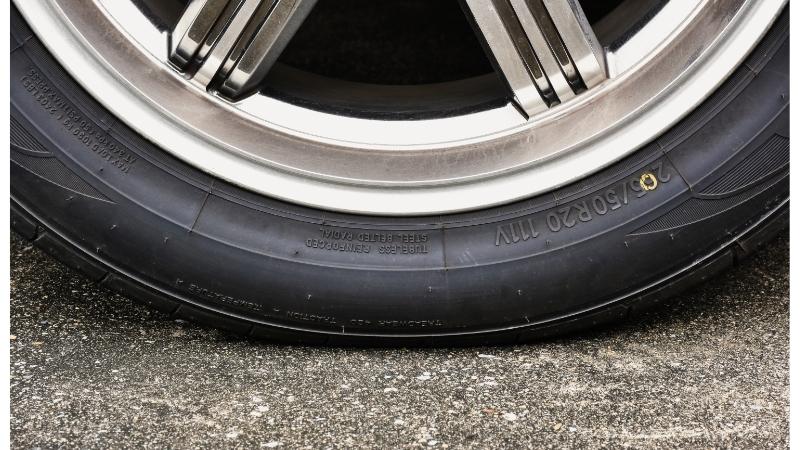Every driver understands the necessity of maintaining proper tire pressure for safety and efficiency on the road. This means that the tire pressure should be checked frequently before hitting the road.
However, different drivers experience a ride difference when running on the optimum tire pressure. You can lower or increase the air pressure to achieve a smoother ride. Most drivers do believe that it makes the ride smoother when lowering tire pressure. This is true especially for highways when driving at high speeds.
Low tire pressure is attributed to causing more accidents due to poor handling and performance, under-inflated tires will also wear out much faster when used daily.
If you are not sure about the impact of lower tire pressure on smooth and bumpy rides, here is what you need to know.
Why is Tire Pressure so Important?
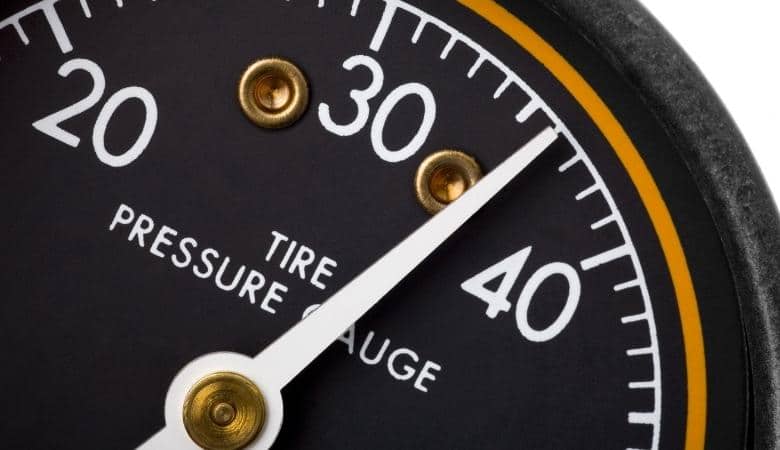
Proper tire pressure facilitates even weight distribution of a vehicle across the thread patterns. The air pressure stabilizes the tires and the vehicle generally. Over-inflation or under-inflation of the tire impacts the car’s stability, resulting in poor handling, cornering, and braking.
Since the tires are sensitive to air pressure changes, they start wearing off unevenly. An under-inflated tire will start to wear on the outside treads while the over-inflated tire wears out in the middle of the tread.
All these factors could be detrimental to your ride quality and finances. Therefore, it is reasonable that you stick to the required tire pressure requirements and only adjust if necessary.
Factors to Consider When Lowering Tire Pressure
There is no standard recommendation for how low you should go to enjoy a smooth ride. You have to experiment first to identify what would work best for you. Here are some determinants of how low you should go before driving.
- Sidewall stiffness – Stiff sidewalls of a tire provide enough support to prevent flattening out. When you lower the tire pressure, the footprint increases considerably, providing a smooth ride. Flexible sidewalls tend to balloon sooner, creating a large footprint when the tires are deflated.
- Wheel profile – You can only enjoy a smooth ride with low tire pressure if the wheel profile is higher. A low-profile tire is difficult to reduce the pressure without subjecting the rim to damage.
- Speed – when you lower the tire pressure, you should drive at lower speeds. Driving faster can damage the tires or separate them from the rim. If you intend to drive faster on gravel or mud, ensure that you inflate the car to the required pressure for such.
- Type of trail – set your riding temperature depending on whether the sand is wet or dry. Rugged surfaces work best with low tire pressure to improve the grip. However, do not under-inflate your tire that much if the sand is wet. Lower your pressure depending on the softness of the sand.
- Weight of vehicle – Lighter vehicles with less load need a low tire pressure to maneuver through the sand.
When to Air Down For a Smoother Ride
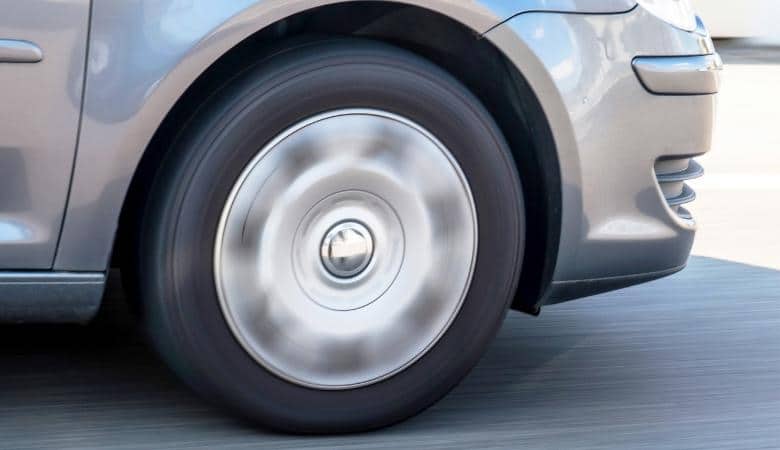
Some situations call for drivers to air down their tires. Driving off-road, in the mud, sand, or rough terrain can get bumpy when the tires are over-inflated. Deflating or airing down has numerous benefits to drivers who enjoy a smoother ride.
Lower tire pressures increase wheel contact with the road surface resulting in increased performance and capability of the vehicle. Less air improves grip on surfaces and obstacles, thus pushing the vehicle forward.
The vehicle floats on the surface instead of sinking by lowering down when driving on sand or mud. Drivers also appreciate how smooth the vehicle crawls over large objects like logs and rocks.
Lowering the tire pressure also helps if your suspension is too stiff. This ensures that you keep your suspension parts, the driveline, and the vehicle intact. A fully inflated tire will give a bumpy driving experience; that is why you need a cushier tire with better impact absorptions.
The tires absorb impact from stones, twigs, and other smaller items, making it easier for your springs and struts to hold throughout the trail. Not only do you springs get relief, but also the passengers inside.
Riding Lower Tire Pressure on The Highway
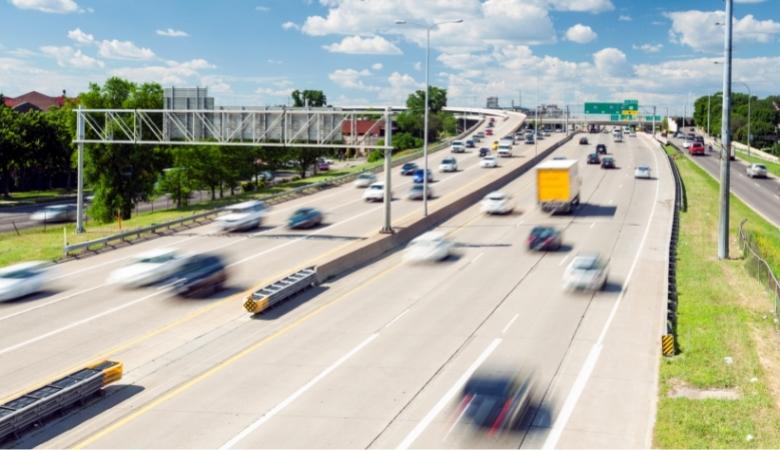
Just because you can achieve a smoother ride when off-roading or driving in rough terrains, you will not experience the same on highways. Increased surface contact when riding underinflated tires could affect the vehicle’s fuel economy and performance.
The softer sidewalls in a low-pressure tire can cause the vehicle to sway a lot when cornering. This results in rollovers, especially in heavy vehicles.
You cannot drive low-pressure tires on the freeway, primarily at higher speeds. Low air pressure causes heat buildup in the tires, which would result in a blowout. Even if you lower your tire pressure by 6 psi below the optimum amount, your tire can potentially get damaged when you hit a pothole.
By How Much Should You Air Down Your Tires?
When lowering the tire pressure for off-roading, you must consider the vehicle’s weight, air volume, wheel size, and tire construction.
You can air down the tire pressure in 5 psi increments depending on the status of the terrain. If you have a tire that holds 35 psi, you can lower the pressure at 25-30 when driving on gravel roads. When the trail is too bumpy, lower it further between 20 and 25. 15-20 psi is suitable for riding in the sand, mud, or extremely rocky terrain.
The most technical terrains will need tire pressure at 10-15 psi, providing the wheels have enough purchase for the bead.
How to Find The Right PSI For Your Tires
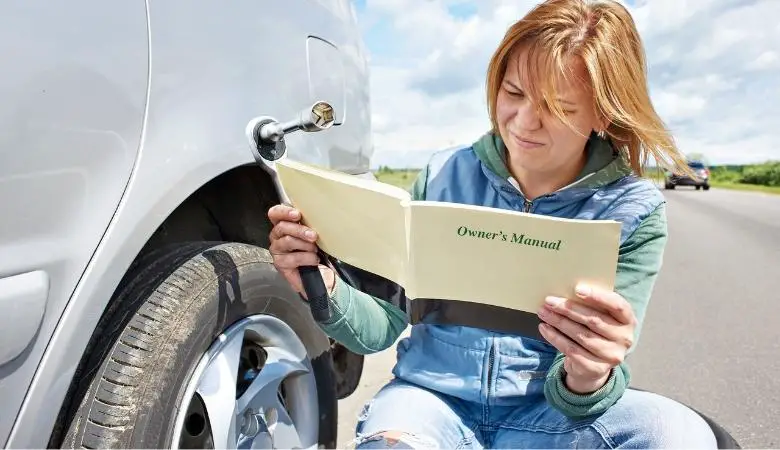
The recommended PSI for your car is recorded on the owner’s manual or on the driver’s door jamb. The proper PSI maintains your safety and car longevity. So if you plan on lowering your pressure, first take note of the minimum and maximum tire pressure. When you release too much pressure from the tire, it will overheat and wear out unevenly.
If you are lowering the pressure for a smooth off-road drive, be sure you refill to the required level. Keep checking the psi after every two weeks to check if there are any changes in performance.
Conclusion
Car tires are flexible, and depending on the build, you need to be keen when filling air pressure. Car manufacturers understand this, hence the minimum and maximum psi specifications.
You can achieve a smoother ride when you lower your tire pressure, but this should not be for your daily drive. If you regularly drive on gravel, sand, or mud, you can only do this. Keep the tire pressures at optimum without reaching the maximum on a regular highway drive.
Lastly, another thing that wil affect how smooth your ride feels, is the size of your tires, which we’ve written more about in this post.
Hi, my name is Niklas, the head content creator & CEO of Whirling Wheelz. I am very interested in vehicles of all kinds, mainly cars. I have a car mechanics degree from high school and a big hobby of mine is to follow the WRC (World Rally Championship) both online and through travel.

